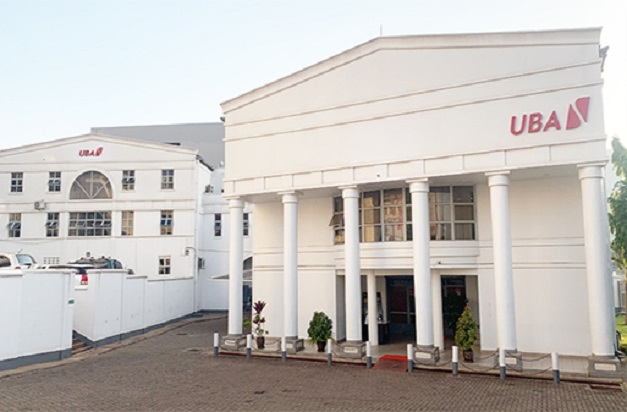Commercial banks’ lending interest rates declined marginally to 20.2 percent in the quarter to April 2019 compared to 20.7 percent recorded in the quarter to January 2019, the State of the Economy Report June 2019 released by Bank of Uganda (BoU) says.
This report presents domestic and external economic developments in the period to May 2019. It assesses the future prospects for the global and domestic economy, including economic growth and inflation. It also presents the risks to the domestic economic outlook, the policy challenges in the medium term and the implications of the domestic economic outlook on the future direction of monetary policy.
According to the report, the weighted average lending rate on foreign currency loans declined by 0.6 percent to 7.0 percent in the quarter to April 2019 compared to January 2019.
The weighted average deposit rate on the shilling and forex deposits averaged 10.3 and 3.4 percent respectively in the period under review from 10.8 and 2.9 percent in the previous period.
A decomposition of lending rates by sector indicates notable declines to 21.1, 18.5, and 15.9 percent, respectively from 23.5, 19.9 and 18.3 percent in the quarter to January 2019 for agriculture, trade and manufacturing which registered.
It is worth noting that BoU has maintained an accommodative monetary stance for two years by maintaining the Central Bank Rate (CBR), a benchmark lending rates, at 10 percent.
This is intended to support economic growth since the inflation outlook remains consistent with the 5 percent inflation target over the medium term.
The report adds that Growth in Private Sector Credit (PSC) has continued on a gradual recovery path, partly supported by a recovery in economic activity, improvement in asset quality and a relatively lower cost of borrowing.
“The average annual growth in PSC for the quarter ended April 2019 was 13.9 percent, up from 12.1 percent in the previous quarter, and 7.2 percent in the quarter to April 2018. In the three months to April 2019, the annual Shilling-denominated loans grew on average by 19.4 percent, higher than the 18.6 percent recorded in the quarter to January 2019 and 12.5 percent in the quarter to April 2018,” reads the report.
It adds: “Over the same period, foreign currency denominated lending registered on average growth of 4.6 percent, significantly higher than the 1.2 percent growth registered in the previous quarter and contraction of minus 1.7 percent in the quarter ended April 2018.”
Net of exchange rate valuation changes, the average annual PSC grew by 14.0 percent in the quarter to April 2019, higher than the 12.0 percent growth recorded in the quarter to January 2019 and 12.8 percent in the quarter to April 2018.
“Specifically, foreign currency denominated loans grew by 3.5 percent, an improvement from the contraction of minus 0.9 percent recorded in the three months to January 2019 and 2.4 percent growth in the quarter to April 2018,” the report further says.
It adds that Credit growth remains positive across all sectors supported by lower NPLs and a pick-up in economic activity.
According to the report, Trade and Manufacturing registered the strongest growth averaging 16.1 percent and 22.4 percent in the quarter to April 2019 up from 10.7 and 13.6 percent in the previous quarter.
However, year-on-year average growth in credit to the Building, Mortgage, and Construction & Real Estate remained below average reflecting increased risk aversion by banks towards the sector.
“In the medium-term, PSC growth is likely to improve further on account of the projected improvement in economic activity and NPLs,” it reads.
The report adds that the ratio of non-performing loans (NPLs) as a percentage of total loans, a measure of asset quality declined to 3.8 percent in the quarter to March 2019 compared to 5.3 percent recorded in the quarter to March 2018.
“While NPLs in the Trade, Personal and Household, and Transport & Communication sectors have been on a steady decline from March 2018, the NPLs in the Mining & Quarrying, and Agriculture remained significantly above industry average at 15.7 and 8.7 percent, respectively,” it reads, adding: “In the medium-term, given the expected rebound in economic activity, banks will likely ease further the overall credit standards, which in turn will improve asset quality.”






